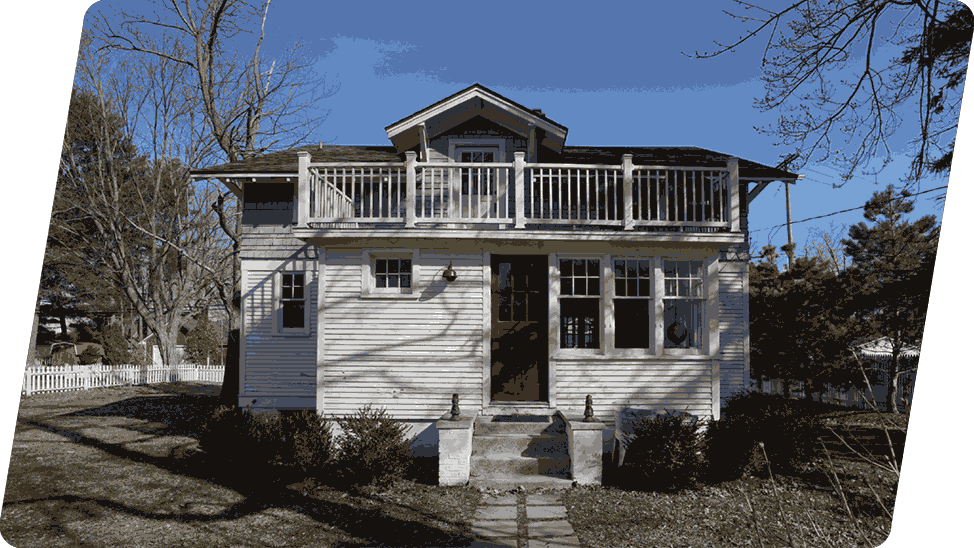If you have an older home or if your energy bill is higher than you expected you may need to assess how much insulation is in your home. To improve comfort and lower heating and cooling costs, it's essential to know when you're due for an upgrade. Here are some signs to look out for that could mean it’s time to reinsulate your home:
Uneven temperatures
If temperatures vary from room to room, it could be a sign that your home may need additional insulation and possibly some air sealing.
“Insulation should always provide you with consistent temperatures throughout your home, but if you find yourself avoiding certain spaces because they're either too hot or cold, you may need to add to your existing insulation, or possibly replace it altogether,” said Christina Martinez, retail marketing manager of building insulation at Johns Manville (JM), a leading manufacturer of premium-quality insulation.
If you have rooms that become incredibly cold at some points, no matter how much you try to heat the space, it’s likely escaping through places such as the attic, garage, windows or doors. It’s always a good idea to inspect windows and doors for air leaks, or cracks that might be releasing air from your home.
Walls, Floors and Ceilings
Unusually cold room temperatures in cooler months can be an indicator that it's time to reinsulate your home, but you can also gauge whether you need new insulation by touching your walls, floors and even ceilings. If any of these three places feel cold or moist, it could be an indication that they're not adequately keeping the heat in.
Well-insulated homes in the cooler months usually have warm and dry walls, floors and ceilings—meaning heat is being kept inside where it should be circulating. With this in mind, if you feel the walls on the outside of your home, they should feel colder since they’re preventing the warmer inside air from escaping your home.
Energy bills that are through the roof
“If your energy bills have been gradually increasing over the past several years, this may be due to poor insulation,” said Martinez. “Proper insulation is important for improving energy efficiency and maintaining comfortable temperatures in your home.”
Another possibility is that your heated air is escaping through cracks in the floor, walls, windows, under doors or even through your roof. In any of these cases, your home's heating and cooling systems will be working harder than they should be to ensure that you stay comfortable inside, which in turn could raise your energy bills considerably.
If you're suffering from this problem, save money (and energy) by performing an audit of your existing insulation and the air sealing of your home. You can also schedule a formal energy audit at the time of a standard inspection before purchasing a home.
Pretty much anything frozen
As a general rule of thumb, if anything is frozen that shouldn't be, you likely have an insulation problem. For example, frozen pipes or "ice dams,” which are essentially icicles that you see trickling down from your roof and
gutters during a cold winter, are signs of improper insulation. We all know that frozen pipes can burst and cause hundreds of dollars in damage, but what about those beautiful winter icicles? Not only are ice dams a safety concern and tough to clean out of your gutters, but they may also be a sign that your insulation isn’t as effective as it should be.
If your house is poorly insulated, the heat that rises out of your home through your roof melts the snow that's laying on top of it, creating water that then freezes over again as it falls off of the side of your roof or gutters and into the cold air.
Immediate action requires eliminating snow from the roof to stop the formation of ice dams. For long-term and preventative measures, consider increasing the amount of insulation in your attic to cut down on heat loss. Make sure that your home is not releasing too much heat by checking that your home meets or exceeds the state requirements for insulation levels.
These are just a few indicators that your home may need new insulation. Avoid costly energy bills in the long run by paying attention to your home. Look for signs of poor insulation including uneven temperatures, cold or freezing walls, ceilings and floors, high energy bills and anything that is frozen during winter months that shouldn’t be.

